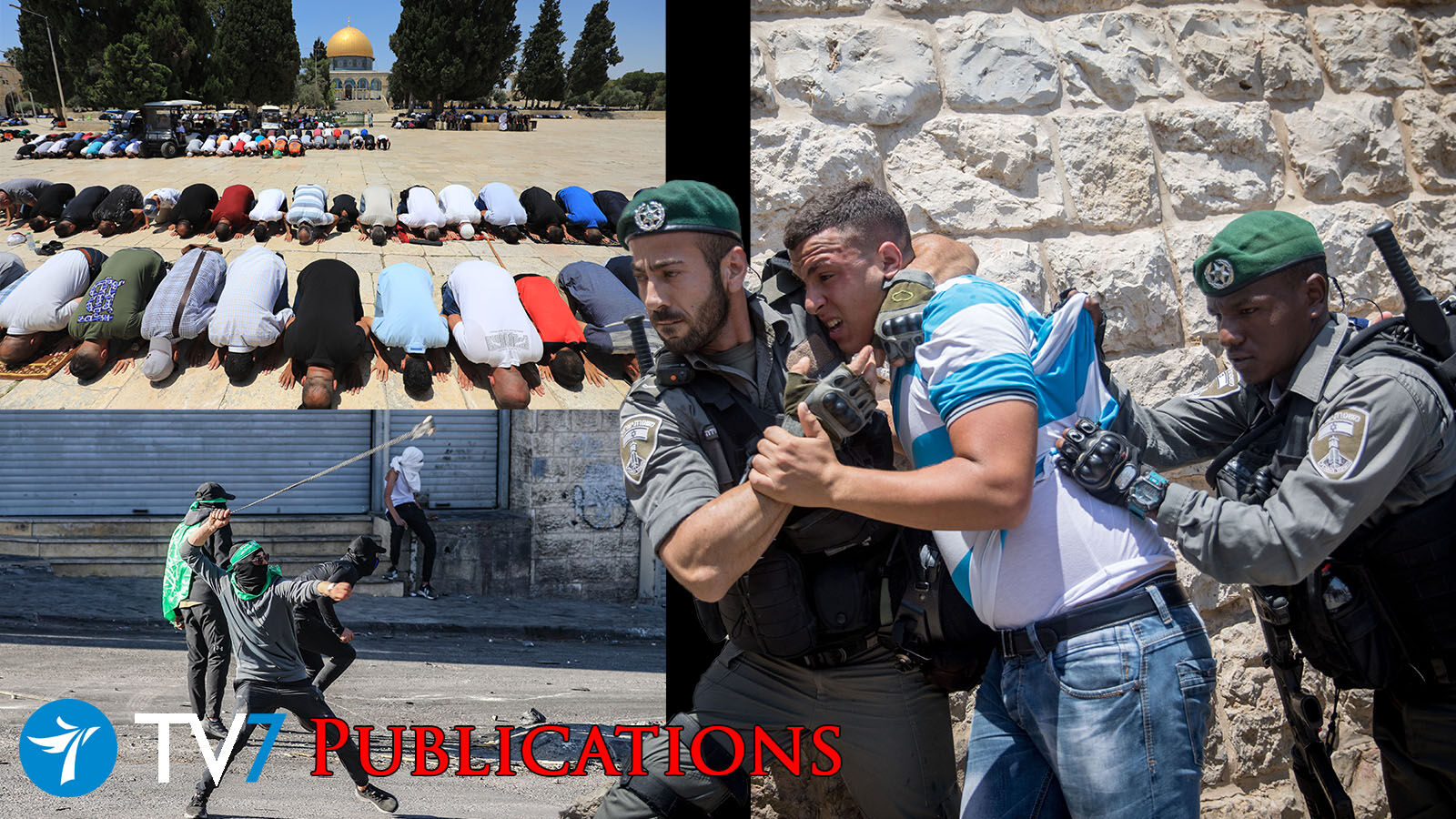Israeli officials and the media continuously warn about the dangers of the upcoming Ramadan, on the assumption that Palestinians are more violent during that period. However, this assumption is highly problematic in analyzing the data on Palestinian violence during Ramadan compared with the rest of the year.
– By Professor Hillel Frisch, Expert on the Arab World
It has become commonplace for officials, analysts, and correspondents to warn about the dangers of the upcoming Ramadan and the Palestinian violence that will ensue, especially after the May 2021 Hamas campaign against Israel and even more so since the election of the “most right-wing” government Israel has ever had.
Nevertheless, how incendiary has the month of Ramadan been to warrant such dire forebodings? A reading of the data strongly suggests that the dangers are grossly exaggerated, if not entirely false.
Let us take the arguably most violent year of Palestinian violence in the past decade, 2015, mainly from October through December, in which the most significant and extreme wave of violence occurred in Jerusalem, Judea and Samaria, and elsewhere.
The first thing to note about that wave of violence is that it broke out three months after Ramadan, and when it did, it flared with a vengeance. The Israel Security Agency registered 620 attacks in October alone, leaving 11 Israelis dead. By contrast, during July and August, the months that overlapped with Ramadan, there were 123 and 107 attacks, respectively, and two Israelis were killed. Those months overlapping Ramadan were also less violent than in the continuation of the wave in November and December when 12 Israelis were murdered.
The same can be said, albeit less strikingly, about 2016, another peak year of violence. The wave of violence that began the previous year continued during the first four months of 2016 – and none of those months included Ramadan, which fell between June 7 and July 5 (the Muslim cycle is lunar and therefore falls at different times of the Julian calendar, which the modern world follows).
The contrasts between January, the peak of violence, and June (which overlapped with most of Ramadan) are far less stark than in 2015. Five Israelis were killed in 169 violent attacks in January, compared with five in June amid 103 attacks. It is important to note that four of the five Israelis in June were killed in a single violent incident.
But maybe the habitual violence in Ramadan is of a more recent vintage. An analysis of data for the last three years – 2020, 2021, and 2022 – suggests a spurious relationship.
In 2020, Ramadan began on April 23 and ended on May 22. In April, there were 71 attacks and no fatalities. In May, which overlapped with most of Ramadan, there were 80 attacks and one fatality. At least two months of that year, August and December, were appreciably more violent: 120 attacks, one fatality in August, and 98 attacks and one Israeli fatality in December.
Essential is the data for 2021. That was the Ramadan in which Hamas launched a massive missile campaign against Israel that began with attacks aimed at Jerusalem, after an ultimatum to Israel to remove all its police and military personnel “from the al-Haram al-Sharif mosque site and Sheikh Jarrah” went unanswered. Though the attack failed to change Israeli policy, Hamas did succeed in convincing the Israeli public about the relationship between Ramadan and Palestinian violence.
Oddly, while Israeli officialdom and the new media reinforced Hamas’s claims of a linkage, Palestinian behavior in Jerusalem and Judea and Samaria did not. The Hamas campaign, it should be noted, was launched on May 10, one day before the end of Ramadan. However, April and May were hardly the most violent months compared with November and December, which coincided with neither an Islamic nor Jewish holiday.
Where there was considerable violence was among Israeli Arabs, especially in the mixed towns of Lod and Acre. In about a week in May 2021, Arab rioters murdered three Jews, injured more than 600, and firebombed 10 synagogues and 112 Jewish residences. But all of this occurred after Ramadan, and Israeli Arab violence is hardly as consistent as Palestinian violence in Jerusalem and Judea and Samaria. In fact, that wave of violence was exceeded only in the opening month of the Palestinian Authority’s massive attack in October 2001, 20 years earlier.
Only in 2022 is there any evidence of a linkage between Ramadan and peak Palestinian violence, but the relationship is weak even then. Ramadan began on April 12, but the most violent month, at least in terms of Israeli fatalities, was in March, with 11 Israelis killed in five lethal attacks. There were more attacks in April, 268 compared with 190, but they were less deadly – perhaps because of increased Israeli security mobilization to counter them – resulting in four fatalities. December and November, which did not coincide with any holiday, were also very violent: 401 attacks, three deaths, and 254 and two fatalities, respectively.
For a century at least, security agencies and academia have tried to uncover the laws governing mass violence. The hypothesis that Ramadan is a month of violence in the Palestinian context is one such attempt. But like other attempts to explain Palestinian violence, the actual behavior of the terrorists proves far more complex, bewildering both the terrorists and the security officials who fight them.
I’m tempted to say that Israeli officials who wrongly assert the linkage and warn against its consequences make the forecast come true. Therefore, they should act, not talk. However, even that assertion is not necessarily true.
JISS Policy Papers are published through the generosity of the Greg Rosshandler Family.
